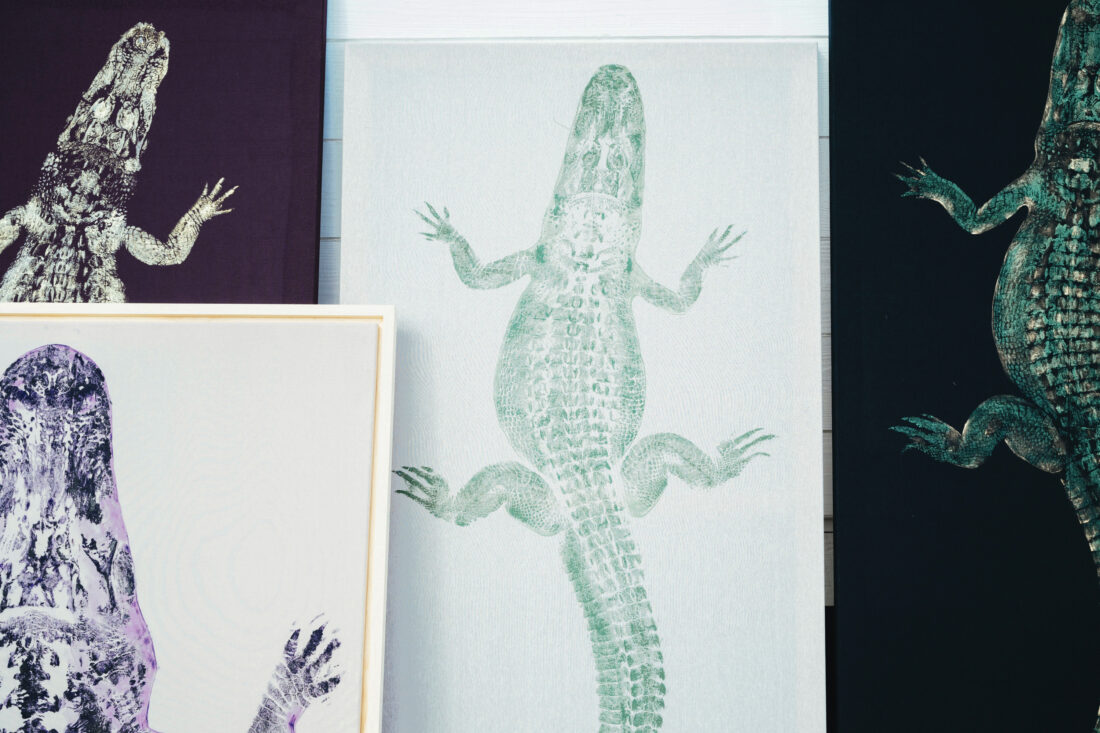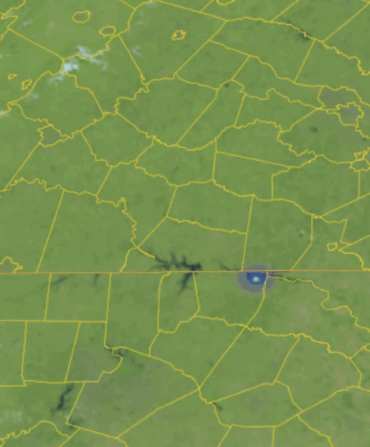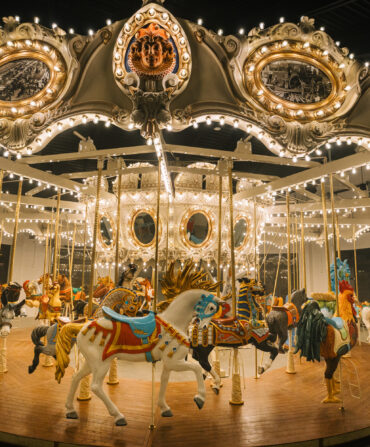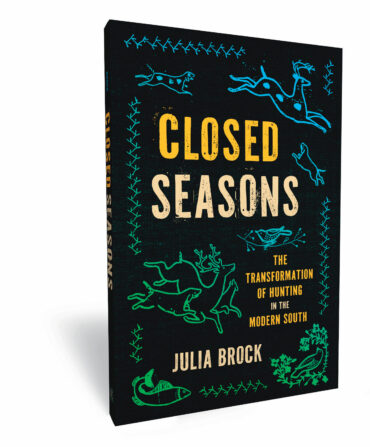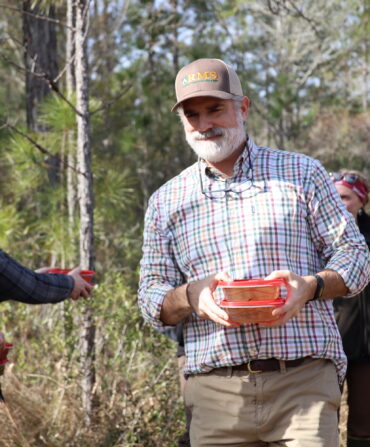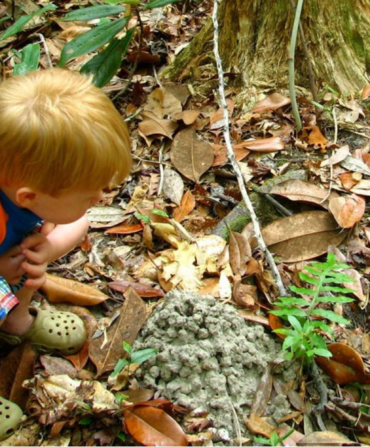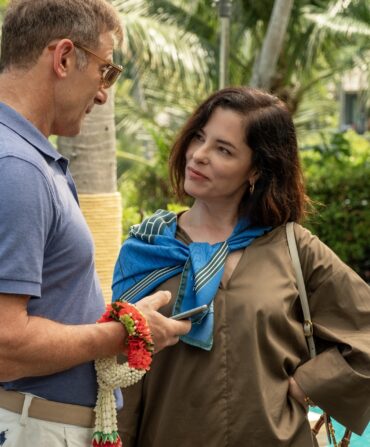As she crouches on a dock near Louisiana’s Atchafalaya Basin, Leslie Charleville rolls a thin layer of water-based paint onto the ridged, scaly body of a freshly harvested alligator. Carefully, she lowers a canvas onto the carcass and, using her fingers, presses the fabric into her subject’s every groove and scute. Then she peels off the canvas. “And that’s the moment of truth,” says the artist, who operates L. Charleville Studios out of her home in Rosedale. If everything has gone well, there in paint lies the imprint of the gator, each line, curve, scar—even traces of its DNA—frozen on the canvas.
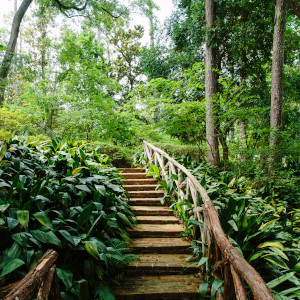
Far from Louisiana, in the mid-1800s, Japanese fishermen devised this method for documenting a catch: They inked the fish, pressed its body onto rice paper, and scrawled the date, location, and species in the margin. Nearly two hundred years later, this process— gyotaku, translated as “fish rubbing”—is practiced across the world. These days, instead of ink, artists often use paint to mimic their subjects’ real-life colors.
Though she studied art history, painting, and drawing in college, Charleville had never heard of gyotaku until about fifteen years ago, when she glimpsed someone pulling a print briefly on a television fishing show. Soon, she was trying her hand with friends’ catches and fish she bought at Tony’s Seafood market in Baton Rouge. “At first, it just looked like black blobs on the rice paper,” she remembers.
Eventually she learned how much paint to brush on, how to splay and prop the fins, and how much pressure to apply to the fragile skin. She mastered how to peel back the canvas, so as to successfully transfer even the most delicate impression of scale or fin. “Before I started to print, I thought I knew what nature looked like,” she says. “Now I can identify a fish—red snapper, grouper, tuna—just with my fingers, by the way it feels.”
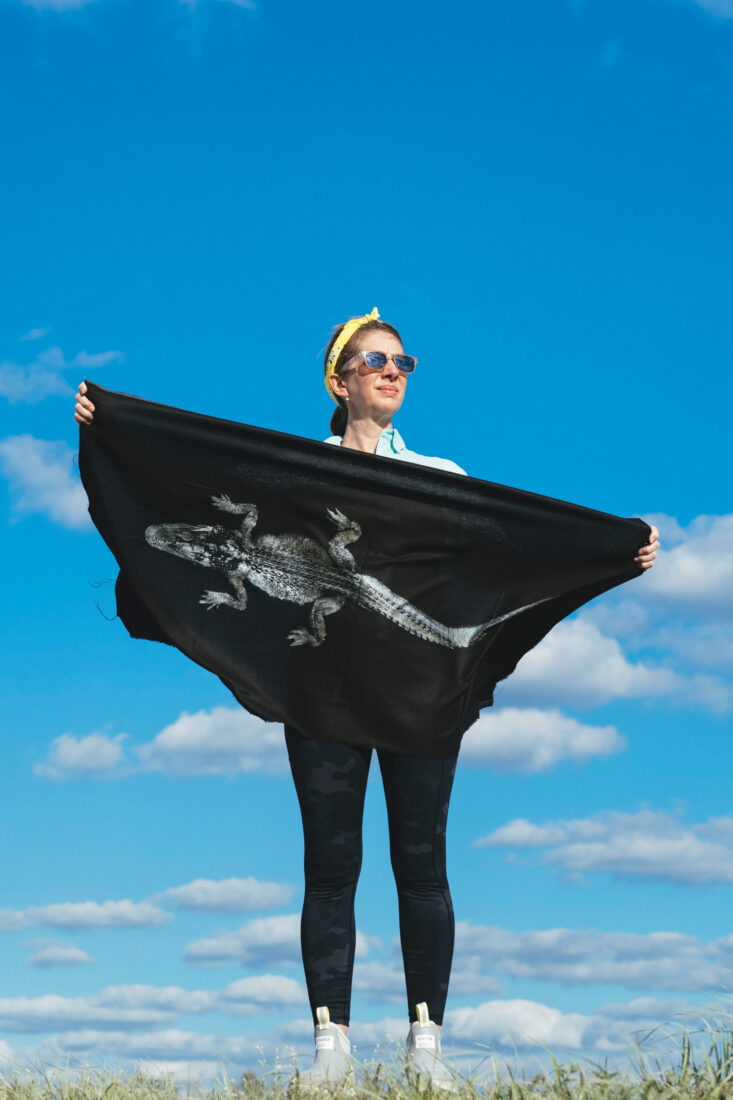
After honing the traditional gyotaku technique, she transitioned from rice paper to linen and experimented with such subjects as crabs, octopuses, and even a spiderweb. A few years in, Charleville decided she wanted to tackle Louisiana’s iconic alligator, which, for a two-month season each fall, can be hunted for meat and leather. Though their populations were under threat in the fifties and sixties across the South, conservation efforts brought them back, and now some two million alligators live in the wild in Louisiana alone. The print of Charleville’s first gator—a thirteen-footer—came out disastrous, but she kept at it, discovering how best to copy the rugged armor onto canvas. Post-printing, each alligator, as with every catch, gets washed and processed, its meat and skin harvested. “But this animal won’t just be consumed and forgotten,” Charleville says. “The print lives on.”
On any given weekend, Charleville might put six hundred miles on her car, attending fishing tournaments to print prize catches like goliath grouper or hundred-plus-pound swordfish. Her pieces are in high demand, and this summer, the Julien Poydras Museum and Arts Center in New Roads, Louisiana, will host an exhibition of her prints that feature alligators and native flora.
For Charleville, it’s about preserving the legacy of the animals. “Hunting and fishing are a way of life here,” she says. “For me, there’s no better way to honor an animal than to capture its memory and give it a new life on canvas.”


